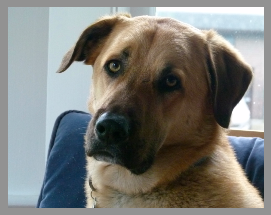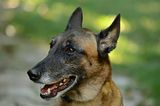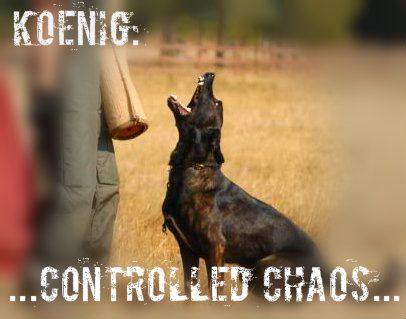We are coming up on Jethro and Skippers first anniversary of joining our home (June 10, 2010). That is also going to be my first anniversary of my crash course in handling and training a reactive dog.
It has been intense and sometimes I come in the door and crumble in a tearful lump of frustration and discouragement, but more often than not, we bounce up the front steps and Jethro curls up in his porch crate and waits for me to open the door. I think my biggest learning from this year is that there is no simple formula for helping my reactive adolescent dog grow up. Every day is an adventure, and it calls on all the wit and wisdom I can muster to figure out what is the next right thing to do. That said, there are some operating principles that I neglect at all our peril.
1. Nothing in Life is Free - training for a default Sit, working on a default Down;
2. There is a proximal zone for learning - the width of the zone is constantly changing, depending on time of day, weather, season, energy levels, distractability, my energy levels, my distractability, and our mutual focus on each other (we are a team moving through the environment);
3. The crate is a safe place to decompress - even though Jethro might be aroused when we put him in his crate, we are calm, and there are always treats to welcome him in;
4. Outdoor obedience classes - adjusting to an indoor environment, especially one that is cramped, is not conducive to learning for my reactive dog. Classes held outside on a field removes one element for Jethro to cope with, he knows what a field is, and we can get enough distance from other dogs and still participate;
5. Treat fast and frequent when the time is right - clicking and treating to break the spell of fixation seems to be working, as long as I have enough treats in my pouch. Somehow the sound of the clicker is more effective than a verbal marker in that situation;
6. Reactivity is not dominance - Jethro is not being naughty, or disrespectful. He is aroused by his surroundings and can't control his reactions after a certain point. My job is to help him build his confidence and self-control. Sometimes we succeed, but not to expect one success to mean we are 'over it';
7. Watch his ears, not his hackles - I'm having better luck using his ears as a guide rather than his gaze getting fixed or his hackles going up;
8. Play tug and let him jump - not on me, but for the tug. It really seems to help to let him get his 'bounce' out;
9. Teach him his tricks all over the neighbourhood - it helps to transfer what he does in the house to out in the yard and then out on the field, at the corner, in the middle of the block. We are working on the moving Down, and now Spin. He is starting to have a good repertoire of behaviours to go through at any given moment, which definitely helps to break the spell and gets us back on the same team;
10. Reward him for calmly checking out the environment and then checking back with me - You can look but don't go ballistic: Look at that! Click (and now look at me Focus) Treat. What's that? Click (and now look at me Focus) Treat. Repeat as needed.
11. Structured walk - needs to be interspersed with unstructured, but it is the best way to synchronize our team (especially walking two dogs together).
That's it for now. I must get these dogs out. Thanks for all your help on this board! I couldn't have gotten this far without you.
 Previous Topic
Previous Topic Index
Index Next Topic
Next Topic













 Top
Top Bailey
Bailey Fantastic work.
Fantastic work. 



